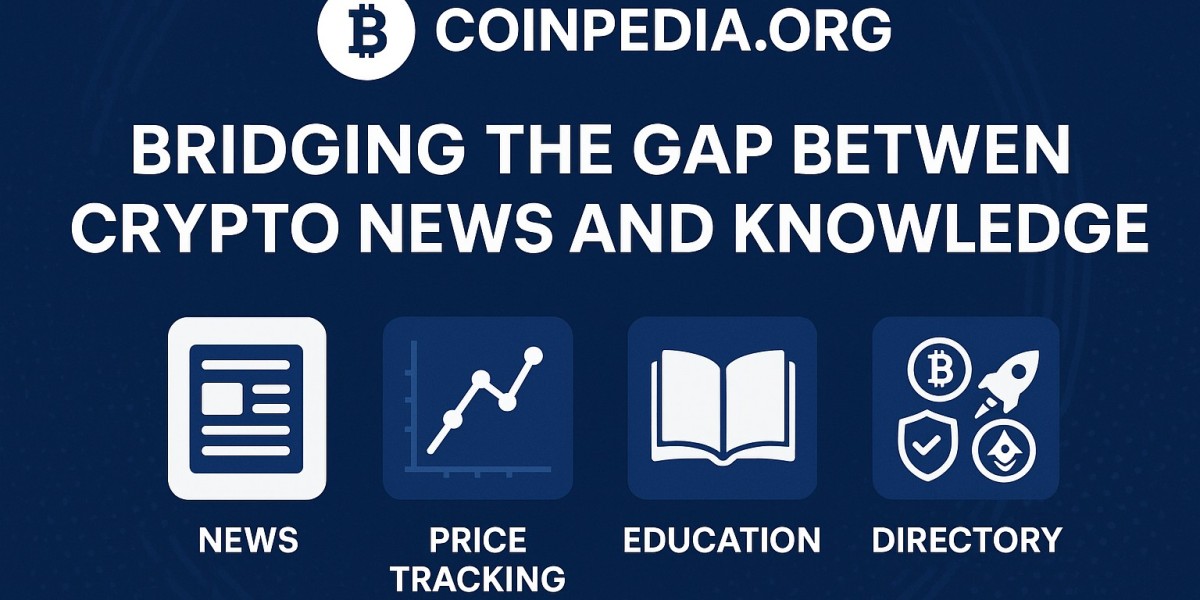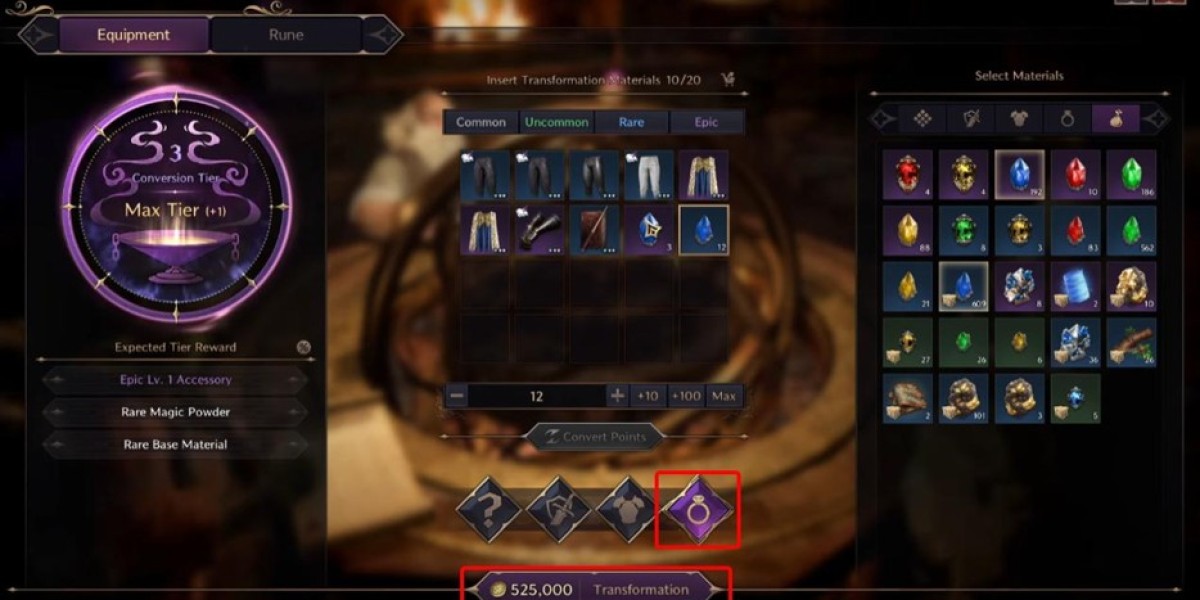It’s 2025, and Ethereum is still the king of smart contracts—but it hasn’t ruled without its flaws. High gas fees, slow transaction speeds, and network congestion have tested the patience of users and developers alike. The solution? Layer-2 scaling.
At Coinpedia.org, we've tracked Ethereum’s evolution closely, especially the explosion of Layer-2 (L2) technologies. In this blog, part of our ongoing Coinpedia Research Series, we dive deep into the best Layer-2 scaling solutions for Ethereum in 2025, how they work, and what makes them stand out this year.
Why Layer-2 Solutions Matter More Than Ever
Ethereum 2.0 brought us Proof-of-Stake and some efficiency upgrades, but scalability remained a bottleneck. Enter Layer-2 solutions—protocols that sit atop Ethereum’s base layer (Layer-1) and handle transactions off-chain, only settling on Ethereum to inherit its security.
These solutions reduce costs, increase speed, and improve user experience, making DeFi, NFTs, and on-chain applications more accessible than ever.
Top Ethereum Layer-2 Solutions in 2025
Let’s break down the top L2 contenders this year:
1. Arbitrum: The Dominant Rollup King
Arbitrum has cemented itself as the leading Optimistic Rollup solution in 2025. It’s fast, secure, and now supports a wide variety of decentralized apps, from trading platforms to gaming protocols.
What’s New in 2025?
- Arbitrum Orbit has launched, allowing developers to create app-specific L2s using the Arbitrum stack.
- Nitro upgrade has further reduced fees and enhanced compatibility with Ethereum.
Why It Stands Out:
- Seamless EVM compatibility
- Vibrant DeFi ecosystem
- Backed by Offchain Labs and an active governance DAO
2. Optimism: Scaling with the Superchain Vision
Optimism is no longer just an L2—it’s a framework for interoperable chains. In 2025, the Superchain architecture is live and onboarding partners rapidly.
What’s New in 2025?
- Coinbase’s Base chain, built on Optimism, has attracted millions of users.
- Optimism now supports shared sequencing and revenue sharing with contributing chains.
Why It Stands Out:
- Superchain model boosts scalability and decentralization.
- Retroactive public goods funding draws in serious developers.
3. zkSync Era: Zero-Knowledge, Full Speed
ZK-Rollups are hailed as the future of Ethereum scaling, and zkSync is leading the pack in 2025. Developed by Matter Labs, zkSync combines EVM compatibility with zk-based security.
What’s New in 2025?
- zkSync Era now supports smart contracts with native zk-proof validation.
- zkPorter allows hybrid data availability, keeping costs ultra-low.
Why It Stands Out:
- True Layer-2 zkEVM
- High TPS (transactions per second)
- Fast finality and high security
4. Starknet: High-Performance zk-Rollups
Developed by StarkWare, Starknet uses STARK proofs instead of SNARKs, offering scalability without trusted setups. It’s not EVM-compatible by default but has its own language—Cairo—which is gaining traction.
What’s New in 2025?
- Native account abstraction and recursive proving
- DeFi platforms and NFT projects now thriving on Starknet
Why It Stands Out:
- Massive throughput capabilities
- Proven track record with dYdX and Immutable X
- Enhanced privacy features
5. Base by Coinbase: The Retail-Friendly L2
Coinbase’s Base is built on the Optimism stack but branded and tailored for the everyday user. It’s quickly become a launchpad for consumer-friendly dApps.
What’s New in 2025?
- NFT marketplaces and gaming dApps driving retail adoption
- Tight integration with Coinbase wallet and exchange
Why It Stands Out:
- Simple UX for new users
- Backed by one of the most trusted exchanges
- Rapid dApp onboarding
Honorable Mentions in 2025
- Scroll – A zkEVM with heavy developer focus and strong security guarantees.
- Linea by ConsenSys – Offers full EVM equivalence with zk-rollup security.
- Polygon zkEVM – Polygon’s massive push into zk territory is paying off with high adoption.
What Makes a Great Layer-2 in 2025?
As Ethereum scales horizontally with multiple L2s, users and developers are spoiled for choice. But what separates the best from the rest?
Here’s what Coinpedia’s research team looks for:
- Transaction Cost: The lower, the better.
- Security Model: zk vs optimistic—each has pros and cons.
- Developer Ecosystem: Are builders choosing this L2?
- User Experience: Wallet integration, bridges, and ease of use matter.
- Adoption: Active users and TVL (Total Value Locked) indicate real traction.
Final Thoughts: Ethereum’s Scaling Future Is Multi-Layered
It’s clear that Ethereum’s future lies not just in Ethereum itself, but in the ecosystem of Layer-2s built around it. In 2025, users no longer care whether a transaction is on-chain or off-chain—they care if it’s fast, cheap, and secure.
At Coinpedia.org, we believe that understanding these L2 solutions is critical for anyone in crypto—from investors to developers to everyday users. Whether you’re exploring DeFi, building your first dApp, or just sending a stablecoin, the Layer-2 you choose in 2025 makes a difference.
Stay tuned as our Coinpedia Research Series continues to break down the evolving blockchain landscape—one protocol at a time.
Written by Coinpedia.org Research Team
Your daily dose of blockchain brilliance.



